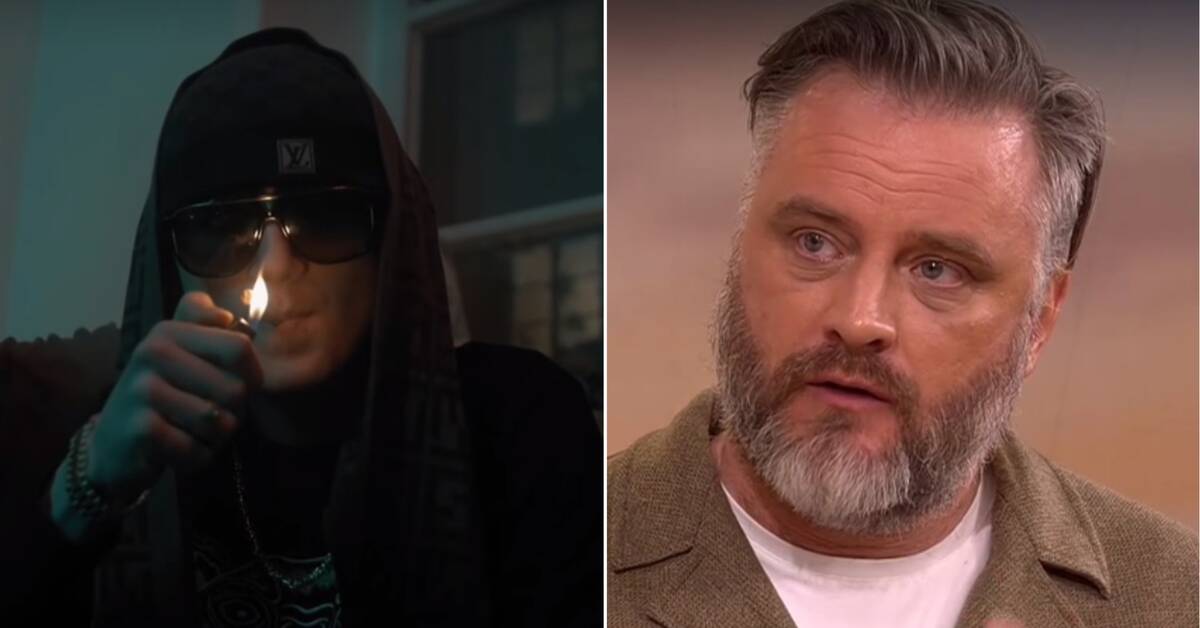For 18 months, journalist and author Emil Arvidsson reviewed Swedish gangster rap, which resulted in the new book "Svensk gangsterrap : en reportage" which is published today.
A central figure in the book is the rapper Nils Einár Grönberg who was alive when Emil Arvidsson began his work on the book. But on October 21, 2021, Einár, who was then the most streamed artist in the genre, is murdered and the scene is fundamentally shaken.
"Something that a lot of people said then was: enough is enough. Now this genre will end, now one will rap about something else. But I rather see that it has become even darker, even harder after this murder, says Emil Arvidson in the Morning Studio and continues:
"Then it should be remembered that the development of society in general – for example, the number of shootings, gang crimes and gang wars has increased – so the music is in step with that development.
A separate ecosystem
The book is a contemporary depiction of a changing genre. Above all, the media development of recent years has left its mark on the genre, which is no longer dependent on traditional media but has instead built up its own ecosystem.
"You have the opportunity to distribute your music yourself. You have the opportunity to reach your fans directly, without taking the detour through us in the media. It has created this ecosystem that is sufficient, says Emil Arvidson, but also points out disadvantages:
"It also means fewer critical issues, and less contact with the larger community.
New driving force
There has also been a shift in the drive of young people to enter the genre.
"In the past, people saw their music-making and career as a way into society," says Emil Arvidson and continues:
"Today, the genre acts more in some kind of vacuum. A very big bubble but still. The young rappers I talk to today don't dream of record deals or see it as a way into society, they see it more as an opportunity to stream together some money.

